Learn more about who is running and vote for new members here
Chair:
Rebecca Shay
PhD Candidate, Michigan State University
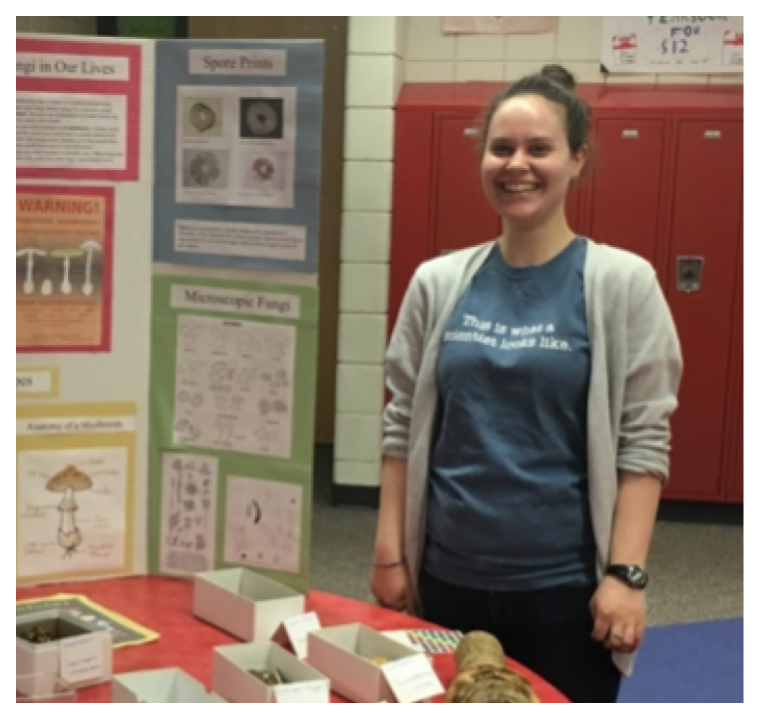
Hello! My name is Rebecca Shay, and I’m a grad student at Michigan State University. I work in the Trail lab on Fusarium graminearum-host interactions, specifically the defense response to F. graminearum in barley trichomes. This will be my third year on the MSA Student Section board, moving from Communication Chair to Vice-Chair, and then to Chair. I look forward to helping keep the Student Section active in the society and doing many things that benefit our members and the greater science community. I love the opportunities the Student Section provides for graduate students and postdocs to get involved in the mycology community. Outside of MSA, I’m an Outreach Committee co-chair for the Mid-Michigan chapter of Graduate Women in Science, and helping to plan the GWIS National Conference this next year, as well as being on the planning committee of the A.H. Smith Lake States Mycological Foray. I look forward to serving the Student Section this upcoming year!
Vice Chair:
Robert Powers
PhD Candidate, University of Michigan
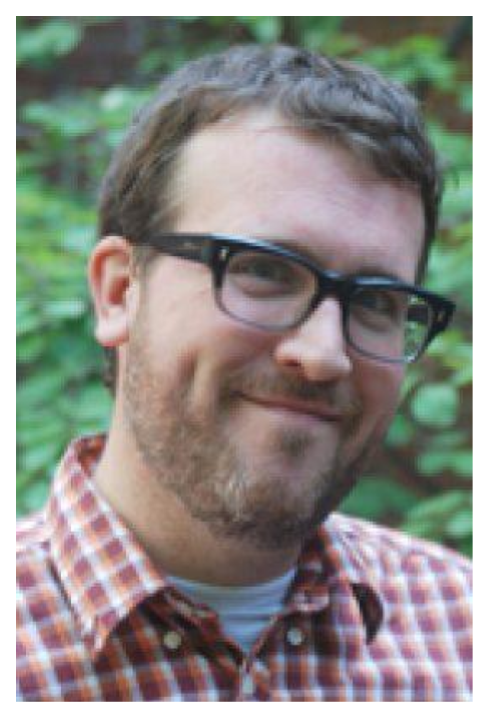
I am a PhD candidate at the University of Michigan working in Tim James’ lab. My research is primarily focused on understanding the genetic, epigenetic and gene regulatory mechanisms during mating and heterokaryosis in the mushroom-forming members of the Agaricomycotina. Prior to my PhD studies, I received my Master’s degree from the University of Michigan, also in Tim James’ lab, studying both sexual selection and biogeography in the Coprinellus disseminatus species complex. My passion for mycology bloomed later in life – my undergraduate training was in computer science and ethnomusicology. I worked for ten years in the information technology sector in San Francisco before deciding that my true calling was mycology. I served the last year as secretary of the MSA Student Section, and am running for Vice-Chair because the Society and the Student Section were instrumental in helping me transition into mycology, and I would like to help bring my enthusiasm and passion for fungi to other students as well. My previous experience on an executive board was as a member of the Tech-Underground technology co-operative, a group that provides technology services to non-profit, community, and arts groups – a co-operative of which I was also a founding member.
Secretary:
Sara Getson
Master’s student, Michigan State University

My name is Sara Getson and I am currently a master’s student at Michigan State University in plant pathology. Growing up in an Eastern European household, I went out hunting mushrooms with my dad ever since I was a kid. Then, in college, my love for mushrooms really blossomed as I minored in plant pathology and mushroom science and technology at Penn State and worked on research projects under five different professors there. Now in my graduate work, I have the privilege of continuing my mycology work as I focus on the identification of Fusarium species in asparagus, ginseng, and celery through genetic and morphological characteristics. Along with my research, I have had the opportunity to help with, lead, and present at many mycologically oriented activities and workshops at Penn State, Michigan State, and in the wider communities. Some include lecturing for the Midwest Mycology Information (MAMI) mushroom expert certification workshop for the state of Michigan, running hands-on mushroom identification activities for a Girl Scout troop in Pennsylvania, as well as the Graduate Women in Science ‘Girls in Math and Science day’.
Previously, at Penn State, I served as secretary for both the Blooms and Shrooms plant pathology club and for the ballroom dance club, as well as the webmaster for the campus Newman club. Because of these opportunities, I have gained valuable experience in and understanding of this type of position and given my passion for fungi, I would be honored at the opportunity to serve as the MSA student section secretary for the 2019-2020 year.
Post-doctoral Representative:
Lotus Lofgren
PhD/postdoc, University of Minnesota

I’m a finishing PhD student (Defending May 15th) in University of Minnesota’s Dep. of Plant and Microbial Biology, working with Dr. Peter Kennedy on mechanistic fungal ecology, genomics and bioinformatics. I’m a founding member of Fungal Garden, a living laboratory, gourmet mushroom farm and outreach initiative, housed on the U of MNs St. Paul campus since 2011. I just stepped down from the leadership board of Mycology Club at the University of Minnesota, where I have served since 2014 as secretary (1 year), outreach coordinator (1 year) vice president (2 years), and president (1 year). The club hosts numerous science outreach events, as well as public forays, mushroom ID classes and cultivation workshops, hosts speakers and organizes a mycology journal club. I’m interested in serving as a post-doctoral representative on the MSA student board to help as needed, gain experience on national leadership panels, and advocate for the inclusion of issues and perspectives relevant to post doctoral scholars.
Merchandise Chair:
Savannah Gentry
Phd, University of Wisconsin
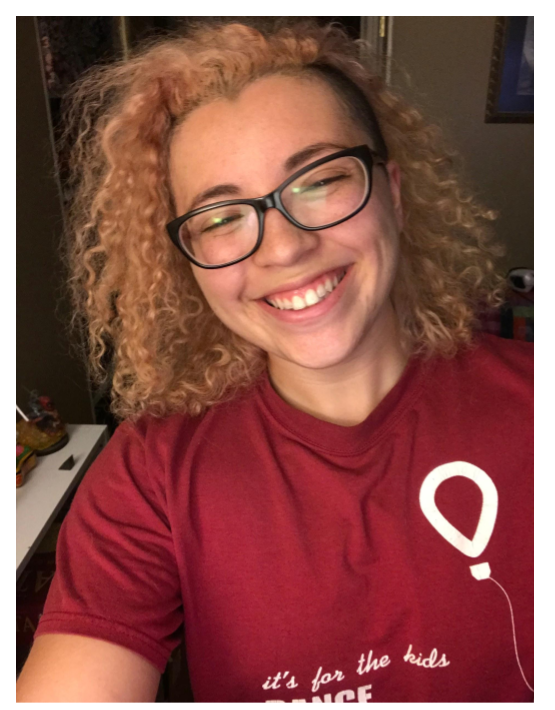
Hi, I’m Savannah Gentry and currently in the Botany PhD program at the University of Wisconsin – Madison. A part of the Pringle Lab, I work on fungal pathogen-host interactions and pathogen ecology, namely with Ophidiomyces ophiodiicola and Nannizziopsis guarroi responsible for snake fungal disease and yellow fungal disease, respectively. Outside of research I co-founded and am currently co-president of a graduate support organization for underrepresented graduate students in STEM named Community. Our goal in Community is to provide resources i.e. financial, professional, and cultural, for graduate students of the university. I’m currently the Merchandise Chair for the MSA student section board and have enjoyed working with fellow board members, MSA executive board members, and the MSA community to share in the wonderfulness that is fungi. This will be my second year and I hope to remain the Merchandise Chair, coming in with even more effectiveness and know-how than before, to help the Student Section grow.
Webmaster:
Graduate Student, Montana State University
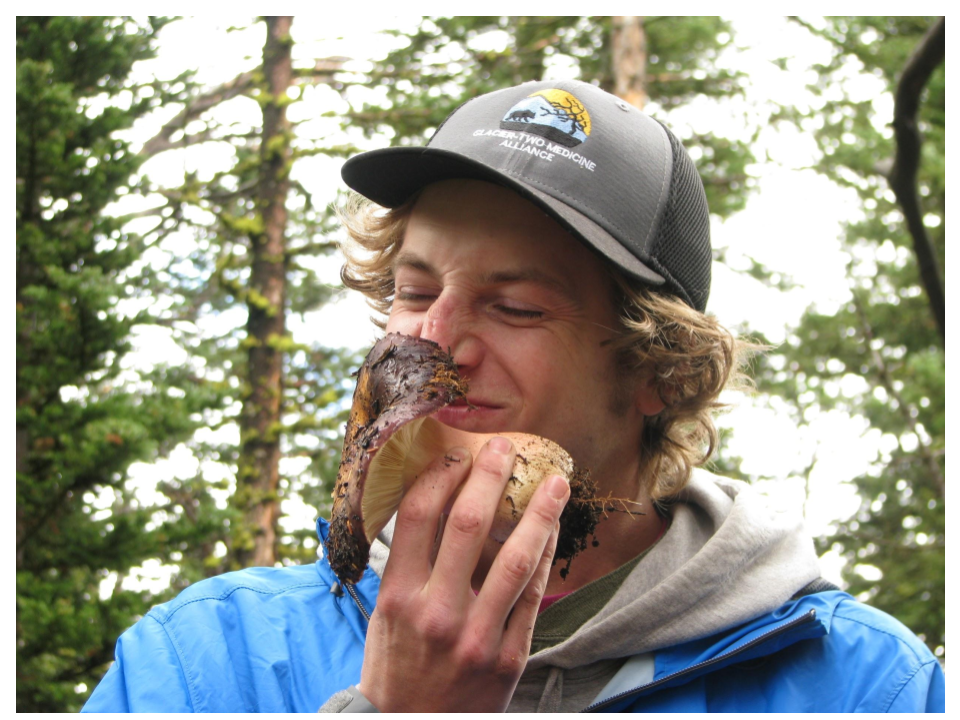
Hello, my name is Chance Noffsinger, and I’m a Master’s student at Montana State University working under Dr. Cathy Cripps. My research focuses on understanding the diversity and distribution of Russula in the Rocky Mountain Alpine zone. I’m running for the Executive board of the MSA student section because I want to build a career focused on mycological research and education and the Mycological Society of America has been an integral part of my growth as a scientist. I want to continue to provide other students with the inspiration and resources that the MSA students section continues to provide me. Specifically, I’m running for Communication Chair because I believe scientific communication and outreach are crucial to the future of science, especially now when the public’s mistrust of science is uncomfortably high. I would be responsible for managing the social media accounts of the MSA student section and I believe that social media plays an important role in scientific communication in positive and negative ways. Therefore, if elected, I will make it my duty to communicate positive, useful, and informative information to our mycological community. I would also look forward to contributing articles to Inoculum and featuring our diverse community of students on our website. As an undergraduate, I represented my local honor society on the College of Agriculture student council and was responsible for communicating between the two organizations and advocating for student interests. As a graduate student, I’m involved in teaching and scientific outreach focused on mycology to undergraduate and K-12 students.
- María-José Romero-Jiménez
Graduate Student, Western Illinois University
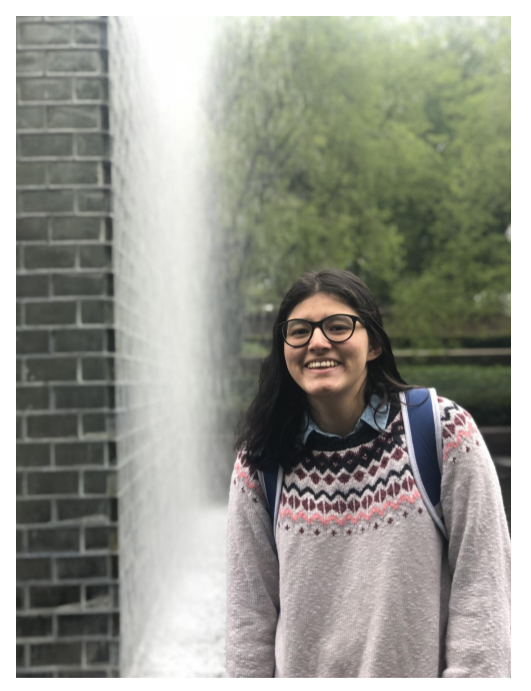
Hello, my name is María-José Romero-Jiménez and I am a graduate student at Western Illinois University. I do research at Dr. Andrea Porras-Alfaro Fungal Ecology laboratory on the description of Darksidea species and the effect they have on grasses. My first MSA meeting was in 2017. The conference was a beautiful experience where I met new people that were passionate about fungi. Since then, I have been interested in getting a little bit more involved with the mycology community and sharing it with everyone. Because of this I am interested in the Communication Chair position at the Student Section. I think that the position will allow me to meet and work with exciting people I don’t know and learn new things. I believe that it will push me out of my comfort zone and it will allow me to share with many others why fungi and mycologists are awesome. At WIU I am the vice-president of the Biology Graduate Student Association and we participate in several outreach activities like Biology Day, Discover Western and Girl Scout STEM. If we are aware of a conference, we send emails with deadlines for registrations and abstract submission. As a member of the Fungal Ecology Lab, I co-coordinated the botany section of Harry Potter Summer Camp and helped in other outreach activities. One of the things I like is sharing with everyone our work and the outreach activities we do either on the Facebook page of the lab.
Treasurer:
Graduate Student, Washington State University
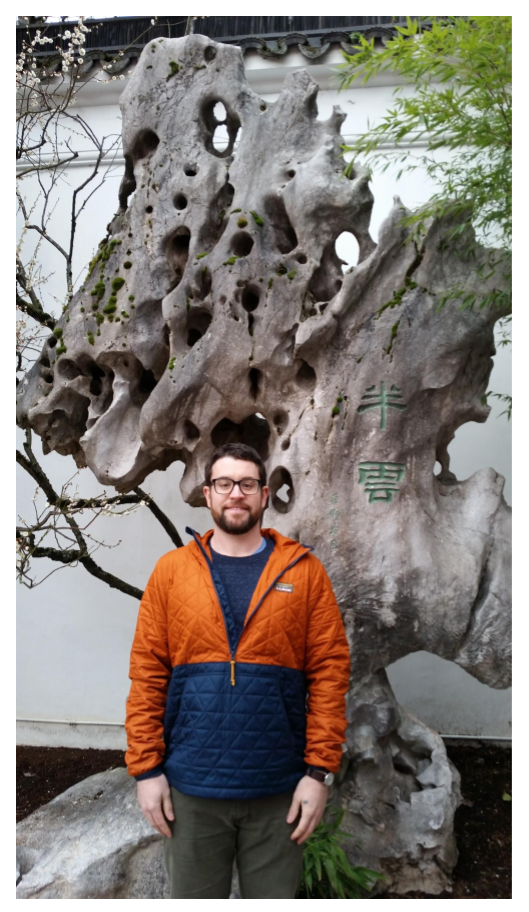
My name is Austin Frewert and I am from upstate New York and there are three interests that have always been in my life… fungi, plants and mountain biking! I am studying soil-microbe interactions in the Cheeke Lab at Washington State University Tri-Cities in Richland, WA. My master’s research is focused on synergistic plant responses to co-amendments of mycorrhizal fungi and biochar when grown in contaminated mine soil. I am also interested in the ecological aspects of mycorrhizal helper bacteria, bacterial and fungal siderophores, and the affect of our changing environment on belowground interactions. I am running for treasurer to contribute to the MSA community and to encourage interest and involvement in mycology. I think it is important to be involved the community, to encourage your peers and support them as they grow. I currently volunteer at my local bicycle repair co-op where I can share what I know as well as learn something new. I am eager to share my passion for mycology by contributing to the community through Inoculum as well as social media outlets, while broadening my volunteer experience. Thank you, I look forward to meeting you at MSA 2019.
Communication Chair:
Graduate Student, University of California Riverside
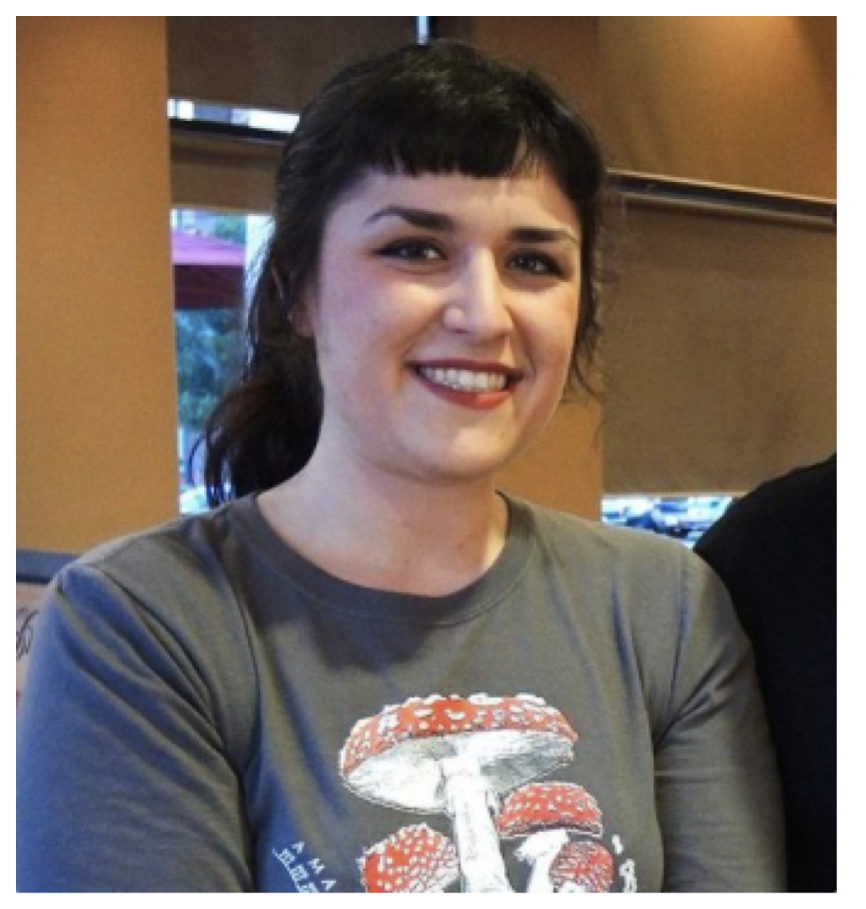
My previous experience in school or organization affiliated volunteering has been occurring for the past 8 years. As an undergraduate and Masters student at Cal State Northridge I’ve worked with the local chapter of ASM (on my campus was called MSA too, Microbiology Students Association) as the Secretary, Treasurer then President for 4 years (2012-2016). I’ve organized, planned and executed many microbiology related events (Beer Brewing, Wine Making, Networking, CLS). For the past 5 years I have also been involved with my local mycological organization (Los Angeles Mycological Society- LAMS), setting up events at the OC Fair and the Natural History Museums to better engage with everyday folk and to get them interested in fungi! Coming to UC Riverside I began involving myself in the local Micro-GSA (Graduate Student Association) as an outreach coordinator, Vice President and now President. I was the Social Outreach coordinator at another organization called AWIS (Association for Women in Science), and am now the Co-President. AWIS fosters stronger bonds for women in all parts of science, connecting them to proper mentors who can take them to the right places, and just being an overall support system for women in science. I believe organizations like these and the MSA Student Section only helps enrich the experience of being an early scientist and helps garner other skills that may not be available as just a student. Currently I am in the Stajich lab, studying the role of melanized fungi in biological crust systems through Microbiology, Computational Biology and Mycological techniques. Follow me on @BlackYeastUnleashed on Instagram and @BYUnleashed on Twitter for updates!
Graduate Student, University of Georgia
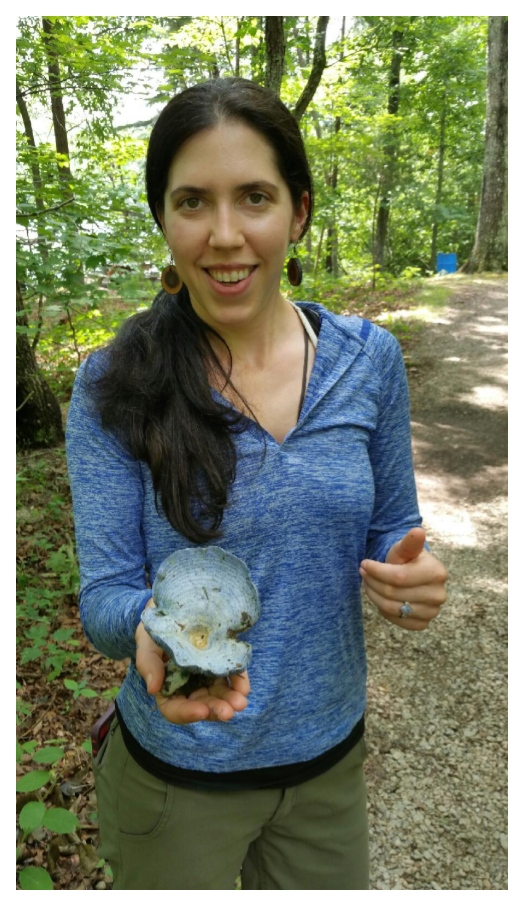
Hi, my name is Megan and I am a graduate student in the Warnell School of Forestry at the University of Georgia, where I study root-feeding beetles and their associated phoretic fungal communities under the direction of Dr. Caterina Villari. I would be honored to serve as the MSA Student Communication Chair in the upcoming year. I have served as a core officer with Warnell’s graduate student association in the past, as well as serving on committees in association with the American Phytopathological Society. I am active in social media, including Twitter (you can find me @MeganLou89), and would be prepared to assume such responsibilities as are associated with the Communication Chair position. Additionally, I am a contributing author at the Athens Science Observer where I greatly enjoy writing about the natural world around us, and would greatly appreciate the opportunity to represent the MSA Student Section in Inoculum. I am passionate about fungi and would value the opportunity to work more closely with the MSA, and specifically the graduate student community, in the upcoming year. I hope you will consider voting for me as your Student Communications Chair and look forward to seeing you all in Minnesota!
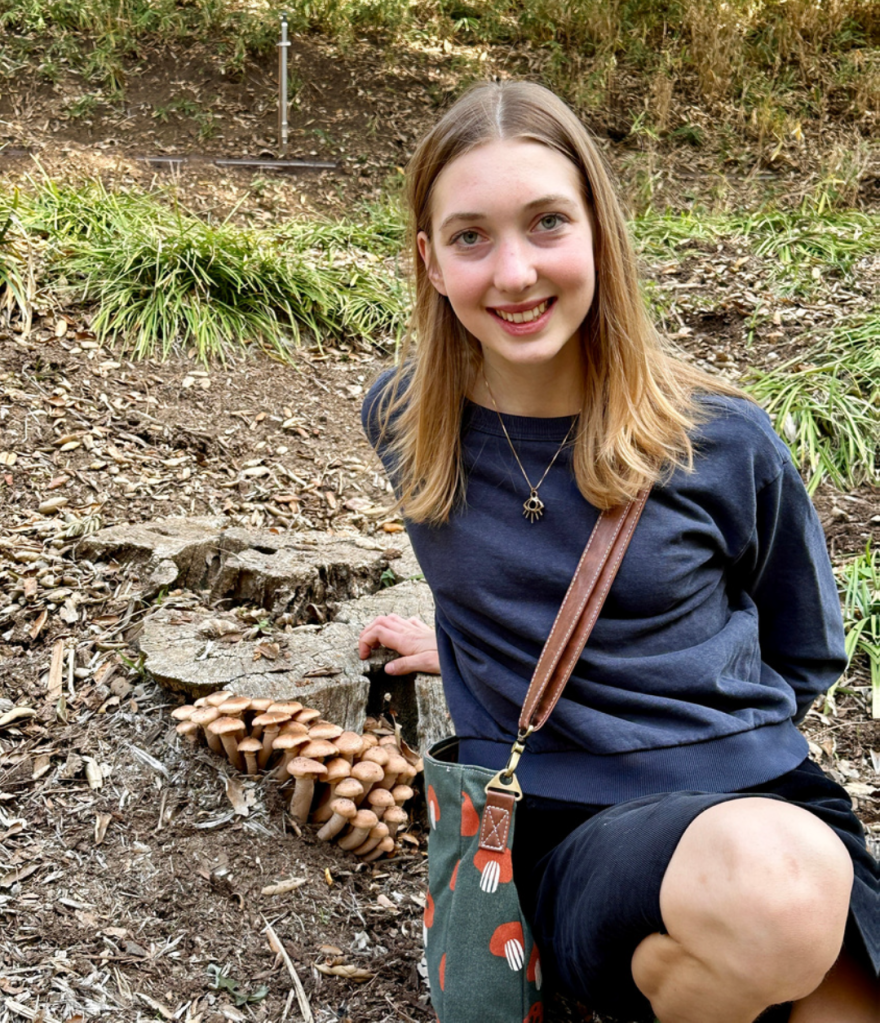






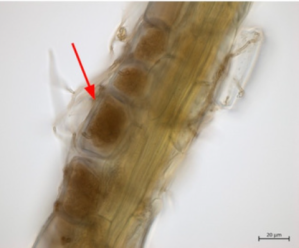
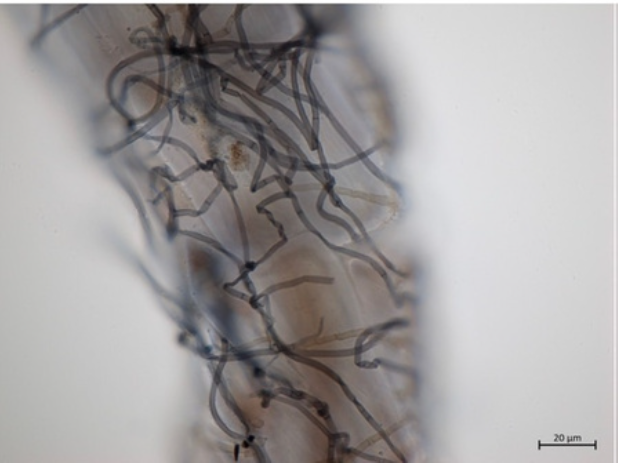

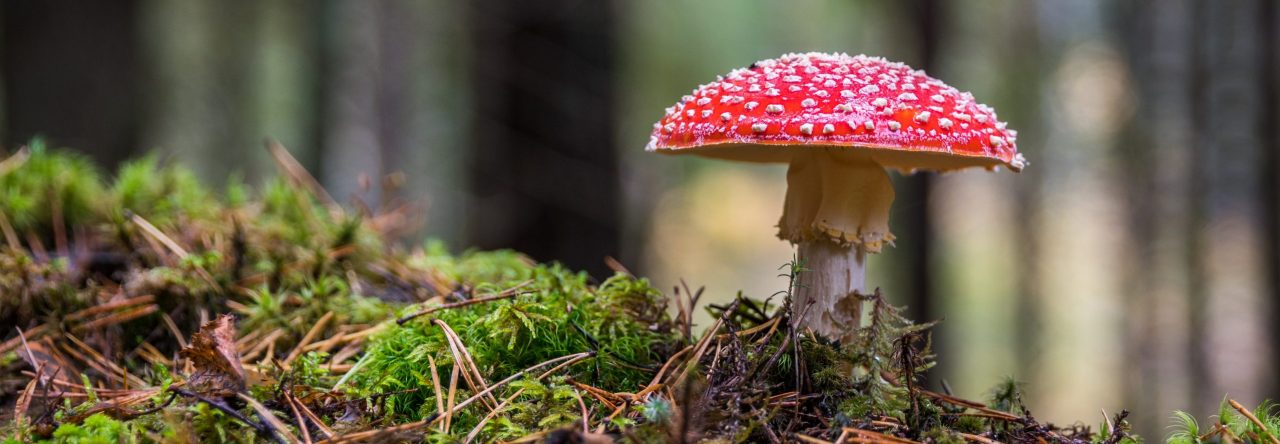
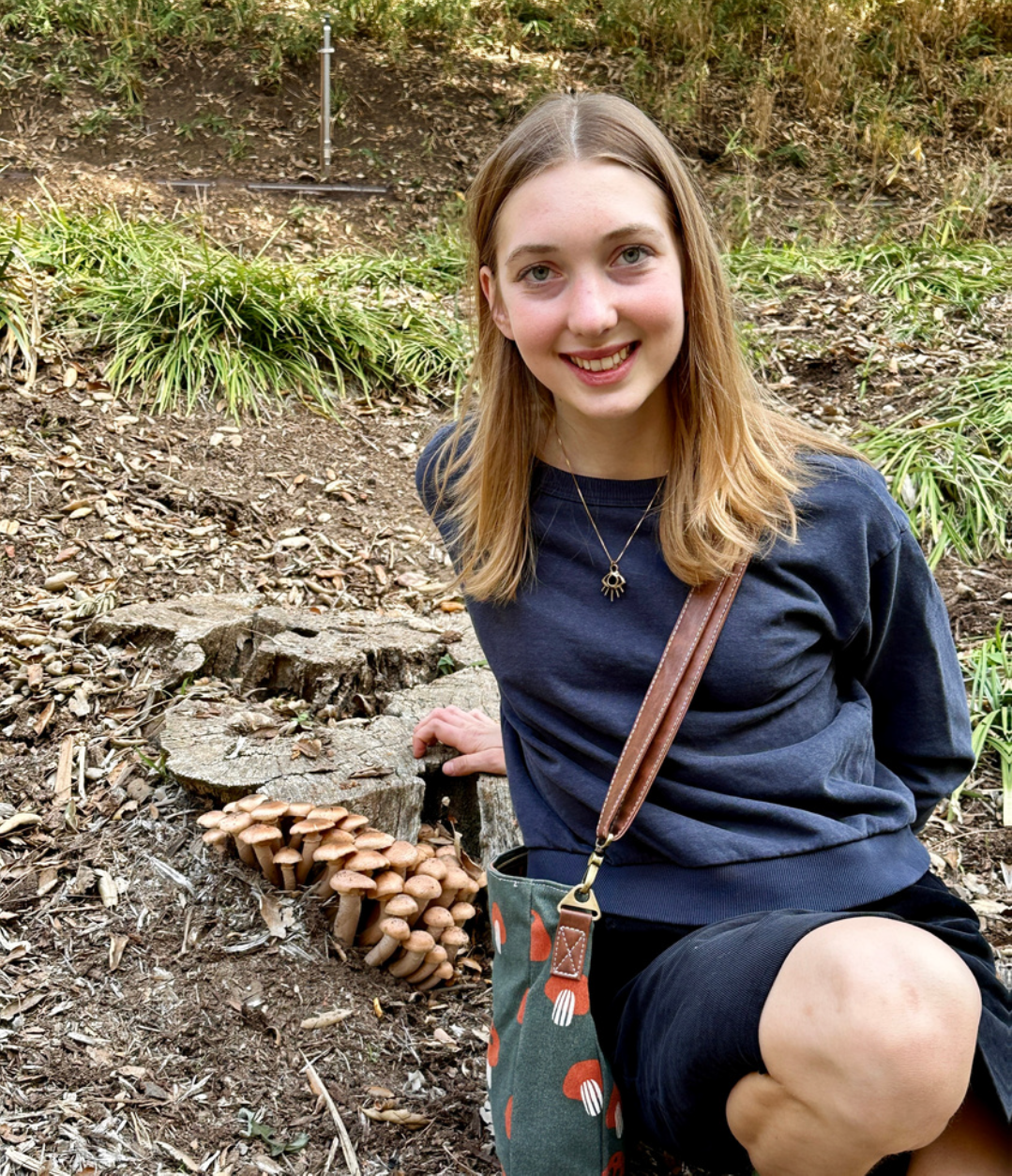
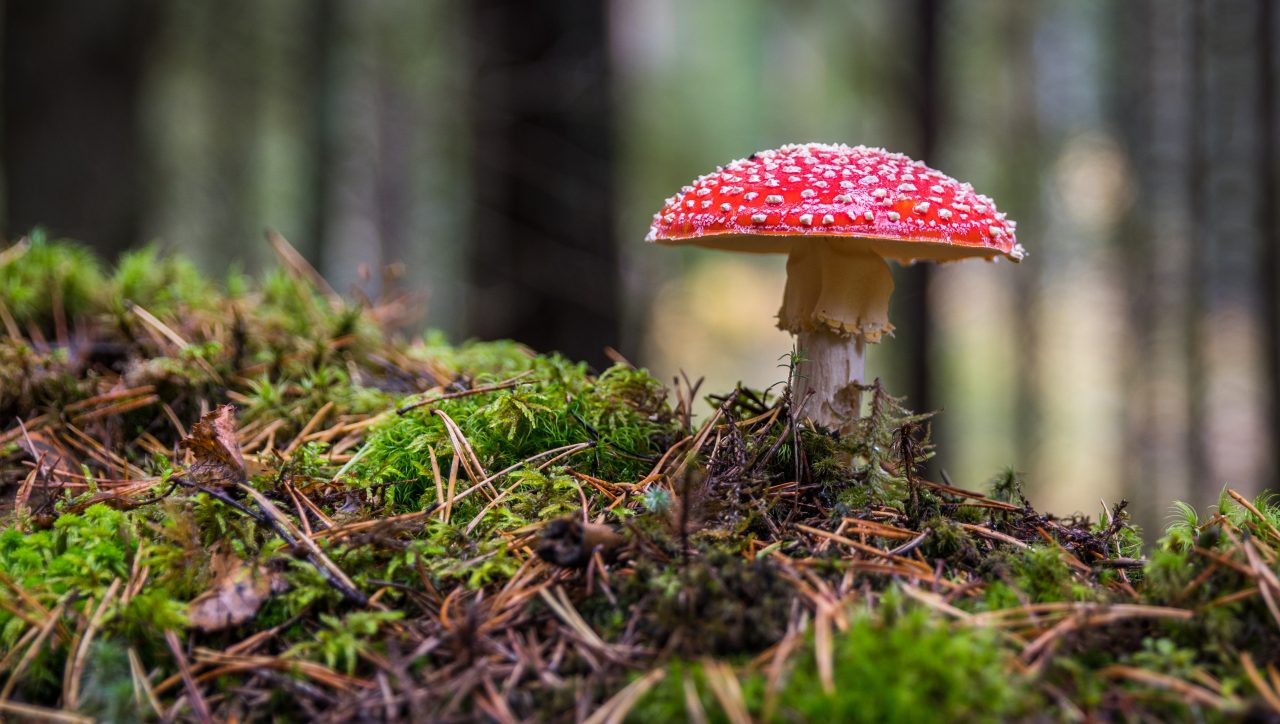























 find synergistic effects between fungi with different decay strategies when co-inoculated in diesel-contaminated soil. I aim to find out whether fungi that degrade different fractions of wood can cooperate to degrade different fractions of diesel fuel to increase mycoremediation of soil. My background is in Environmental Studies, and my research interests are driven by a search for solutions to problems that lie at the interface between environmental sustainability and social justice. A component of this drive is an interest in community organizing, enabling groups to achieve greater access to resources to accomplish their goals than individuals alone are able to reach independently. In alignment with this interest, I would like to serve as secretary on the MSA Student Section’s Board. I enjoy helping to provide a supportive community for other mycology students, bolstering our ability to hear and be heard by our broader academic cohort, and more easily learn about resources and events available to us. I have served one year as the MSA Student Section secretary, and I currently serve as the president of the UW-L Mycology Club, after serving the club for two years as its vice president.
find synergistic effects between fungi with different decay strategies when co-inoculated in diesel-contaminated soil. I aim to find out whether fungi that degrade different fractions of wood can cooperate to degrade different fractions of diesel fuel to increase mycoremediation of soil. My background is in Environmental Studies, and my research interests are driven by a search for solutions to problems that lie at the interface between environmental sustainability and social justice. A component of this drive is an interest in community organizing, enabling groups to achieve greater access to resources to accomplish their goals than individuals alone are able to reach independently. In alignment with this interest, I would like to serve as secretary on the MSA Student Section’s Board. I enjoy helping to provide a supportive community for other mycology students, bolstering our ability to hear and be heard by our broader academic cohort, and more easily learn about resources and events available to us. I have served one year as the MSA Student Section secretary, and I currently serve as the president of the UW-L Mycology Club, after serving the club for two years as its vice president. University. I joined the Trail lab this past fall, and I work on Fusarium graminearum-host interactions, specifically the defense response to F. graminearum in barley trichomes. Previously, I was a bacteriologist, so I’m new to this fungal world! I would like to run for the position of Communication Chair, so I can share my excitement about mycology with as many people as possible! I hope to get involved with the MSA student section to meet other mycology students, and help promote the organization and the student section to other mycologists I meet. In the past, I have been outreach chair for the Undergraduate Genetics Association at University of Wisconsin-Madison, president of the same organization, and co-founder of the Plant Pathology Undergraduate Club. I’m also recently elected as Outreach/Communication Chair for the Mid-Michigan chapter of Graduate Women In Science, where I’ll serve for the 2017-2018 year. Through these outreach experiences I’ve learned how to communicate science to general audiences, and I think I could apply these skills to the Communication Chair position for the student section. I hope to bring my newfound excitement about mycology to the student section and beyond!
University. I joined the Trail lab this past fall, and I work on Fusarium graminearum-host interactions, specifically the defense response to F. graminearum in barley trichomes. Previously, I was a bacteriologist, so I’m new to this fungal world! I would like to run for the position of Communication Chair, so I can share my excitement about mycology with as many people as possible! I hope to get involved with the MSA student section to meet other mycology students, and help promote the organization and the student section to other mycologists I meet. In the past, I have been outreach chair for the Undergraduate Genetics Association at University of Wisconsin-Madison, president of the same organization, and co-founder of the Plant Pathology Undergraduate Club. I’m also recently elected as Outreach/Communication Chair for the Mid-Michigan chapter of Graduate Women In Science, where I’ll serve for the 2017-2018 year. Through these outreach experiences I’ve learned how to communicate science to general audiences, and I think I could apply these skills to the Communication Chair position for the student section. I hope to bring my newfound excitement about mycology to the student section and beyond! I’m crazy, but I’m just looking for mushrooms! I’m a first year graduate student at UW Madison studying in Anne Pringle’s lab and I have the privilege of studying the ecology and evolution of mushroom forming fungi every day. My current project is studying a genus of fungi, Amanita, which includes both saprotrophic (plant degrading) and ectomycorrhizal (plant partner) fungi. I am dissecting the genomes of these fungi to determine the genes which are characteristic of each of these distinct (or so we think) ecologies. Part of this research is finding these mushrooms in their natural environments, which means I get to go hiking in the woods hunting for mushrooms and get my hands dirty regularly! One of my favorite things about studying fungi is being able to teach others the amazing things I learn about these crazy organisms. I think being part of the student executive board is a great way to reach more people interested in studying fungi and fungal ecology. When I first went to an MSA conference, the Student Section welcomed me even though I wasn’t a student at the time! I want to give back to that community by volunteering my time on the executive board as the merchandise chair. I have experience ordering tshirts and stickers for my previous lab, and I now have a few months’ experience in the merchandise chair position with the student section that have been very informative. If re-elected, I will dedicate time and effort towards supplying fun and enticing merchandise to raise money for this awesome student section of MSA!
I’m crazy, but I’m just looking for mushrooms! I’m a first year graduate student at UW Madison studying in Anne Pringle’s lab and I have the privilege of studying the ecology and evolution of mushroom forming fungi every day. My current project is studying a genus of fungi, Amanita, which includes both saprotrophic (plant degrading) and ectomycorrhizal (plant partner) fungi. I am dissecting the genomes of these fungi to determine the genes which are characteristic of each of these distinct (or so we think) ecologies. Part of this research is finding these mushrooms in their natural environments, which means I get to go hiking in the woods hunting for mushrooms and get my hands dirty regularly! One of my favorite things about studying fungi is being able to teach others the amazing things I learn about these crazy organisms. I think being part of the student executive board is a great way to reach more people interested in studying fungi and fungal ecology. When I first went to an MSA conference, the Student Section welcomed me even though I wasn’t a student at the time! I want to give back to that community by volunteering my time on the executive board as the merchandise chair. I have experience ordering tshirts and stickers for my previous lab, and I now have a few months’ experience in the merchandise chair position with the student section that have been very informative. If re-elected, I will dedicate time and effort towards supplying fun and enticing merchandise to raise money for this awesome student section of MSA!